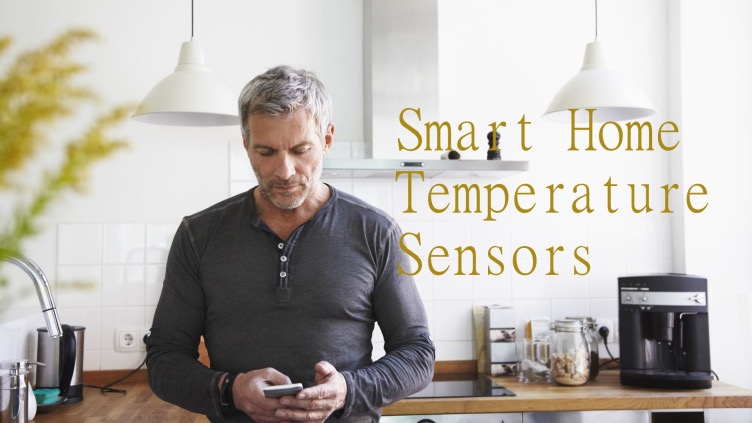Arduino TDS Sensor: Unlocking the Potential of Water Quality Monitoring
Abstract:
In this article, we will explore the fascinating world of Arduino TDS sensors and their role in water quality monitoring. From understanding the basics to practical applications, we will delve into how these sensors can revolutionize the way we assess water purity. Join us on this journey as we uncover the secrets behind Arduino TDS sensors and learn how to leverage their power for accurate and reliable water quality analysis.
Table of Contents:
1. Introduction
2. Understanding TDS Sensors
3. The Working Principle
4. Choosing the Right Arduino TDS Sensor
5. Arduino TDS Sensor Projects
5.1. Monitoring Water Quality in Aquaponics Systems
5.2. Assessing Drinking Water Safety
5.3. Analyzing Soil Salinity Levels for Agriculture
6. How to Build an Arduino TDS Sensor Project
7. Troubleshooting Tips
8. Conclusion
1. Introduction:
Water is a fundamental resource for life, and its quality plays a vital role in our well-being. Monitoring water quality is crucial for various industries and applications, including agriculture, aquaculture, and environmental conservation. With the advancement of technology, Arduino TDS sensors have emerged as powerful tools for assessing water purity accurately and conveniently.
2. Understanding TDS Sensors:
Total Dissolved Solids (TDS) refers to the combined content of all organic and inorganic substances present in a liquid. A TDS sensor measures the concentration of dissolved solids in water by analyzing its electrical conductivity. Arduino TDS sensors utilize this principle to provide valuable insights into water quality.
3. The Working Principle:
Arduino TDS sensors work by measuring the electrical conductivity of water. As dissolved solids increase, so does the conductivity. By measuring the resistance between two electrodes immersed in the water, the TDS sensor can calculate the TDS value. This value is then converted to an understandable unit, such as parts per million (ppm), for easy interpretation.
4. Choosing the Right Arduino TDS Sensor:
When selecting an Arduino TDS sensor, several factors need consideration. Firstly, determine your specific application requirements, including the desired measurement range and accuracy level. Additionally, check for compatibility with Arduino boards and availability of libraries and documentation for easy integration into your project.
5. Arduino TDS Sensor Projects:
The versatility of Arduino TDS sensors allows for a wide range of applications. Here are three exciting projects that demonstrate their potential:
5.1. Monitoring Water Quality in Aquaponics Systems:
Aquaponics combines aquaculture and hydroponics, creating a sustainable ecosystem where plants and fish coexist. Arduino TDS sensors can be used to monitor water quality parameters, ensuring optimal conditions for both plant growth and fish health.
5.2. Assessing Drinking Water Safety:
Safe drinking water is essential for our well-being. By integrating Arduino TDS sensors into water filtration systems, you can continuously monitor water quality and receive real-time alerts if any deviations from safe levels occur.
5.3. Analyzing Soil Salinity Levels for Agriculture:
Excess soil salinity can be detrimental to crop growth. By incorporating Arduino TDS sensors into irrigation systems, farmers can monitor soil salinity levels and adjust irrigation schedules accordingly, optimizing yield and minimizing crop damage.
6. How to Build an Arduino TDS Sensor Project:
Building an Arduino project with a TDS sensor requires basic electronics knowledge and programming skills. Start by assembling the necessary hardware components, including the Arduino board, TDS sensor module, and supporting circuitry. Then, write the code to read sensor data and perform the required calculations. Finally, integrate the system into your desired application and start collecting valuable water quality information.
7. Troubleshooting Tips:
While working with Arduino TDS sensors, you may encounter challenges. Here are a few troubleshooting tips to help you overcome common issues:
– Ensure proper electrical connections between the sensor and the Arduino board.
– Calibrate the TDS sensor periodically for accurate readings.
– Check for any interference from nearby electromagnetic sources.
8. Conclusion:
Arduino TDS sensors offer an incredible opportunity for precise and efficient water quality monitoring. Whether you’re a hobbyist, a researcher, or an industry professional, incorporating these sensors into your projects can unlock a wealth of insights. With their ease of use and versatility, Arduino TDS sensors empower us to make informed decisions and take proactive steps towards ensuring clean and safe water for all.
Remember, the Arduino TDS Sensor is not just a gadget; it’s a gateway to a world of knowledge about our most valuable resource – water. Embrace its potential and let your creativity flow in exploring new possibilities for water quality analysis and environmental preservation.

The Rise of Smart Home Temperature Sensors: Chinese Manufacturers Leading the Future of Home Automation
The integration of smart home technology has transformed daily living, making homes more efficient and responsive. As consumers increasingly seek comfort and convenience, smart home temperature sensors have emerged as




